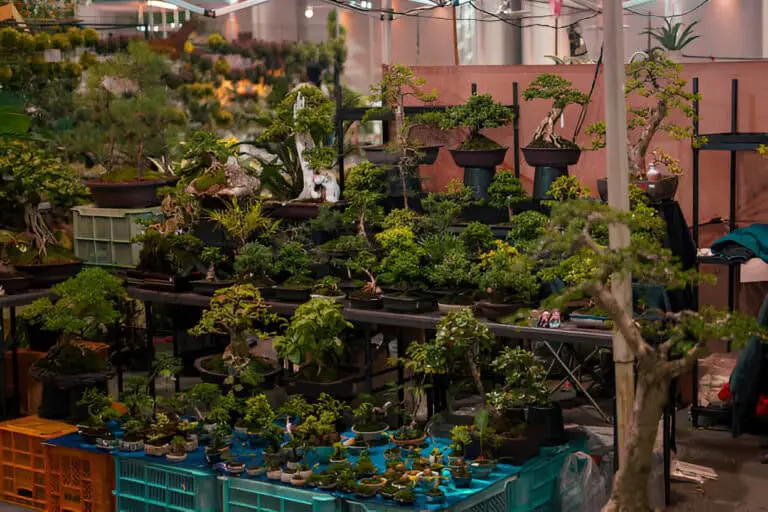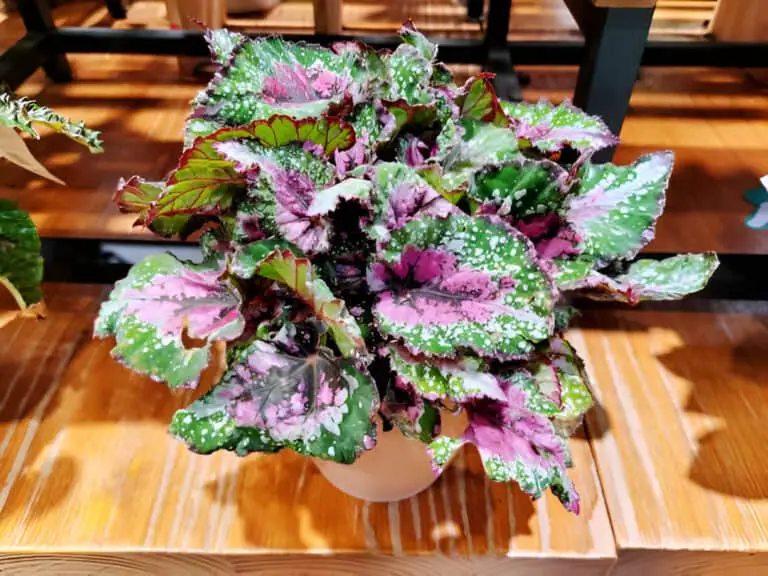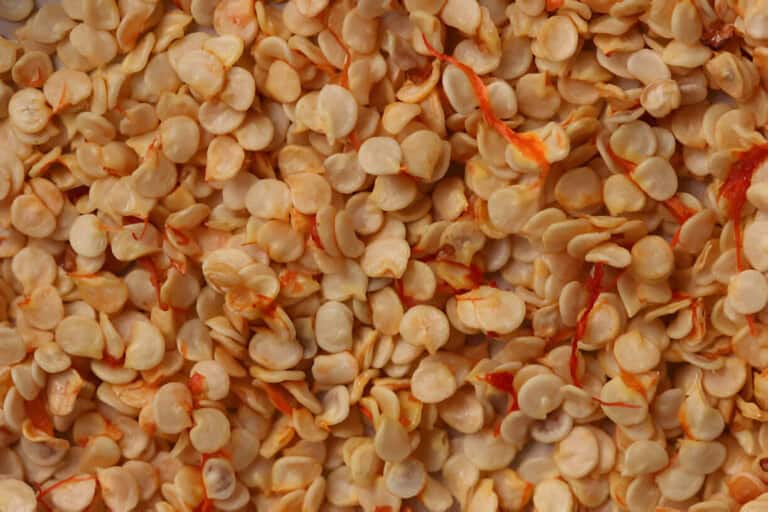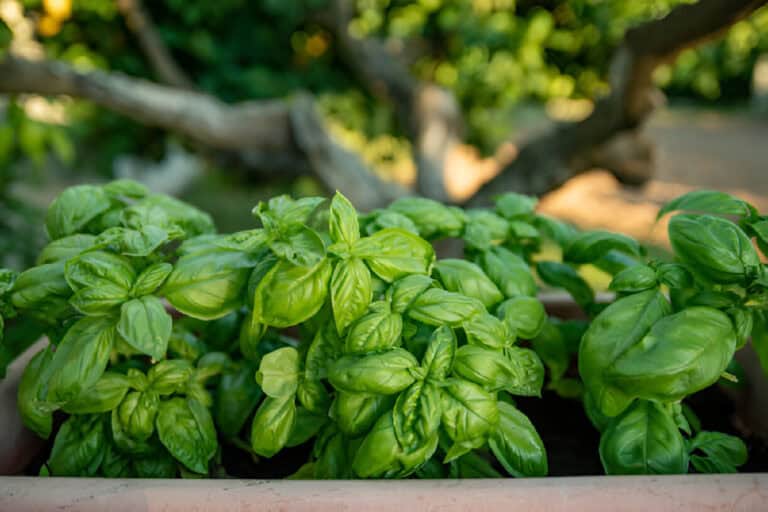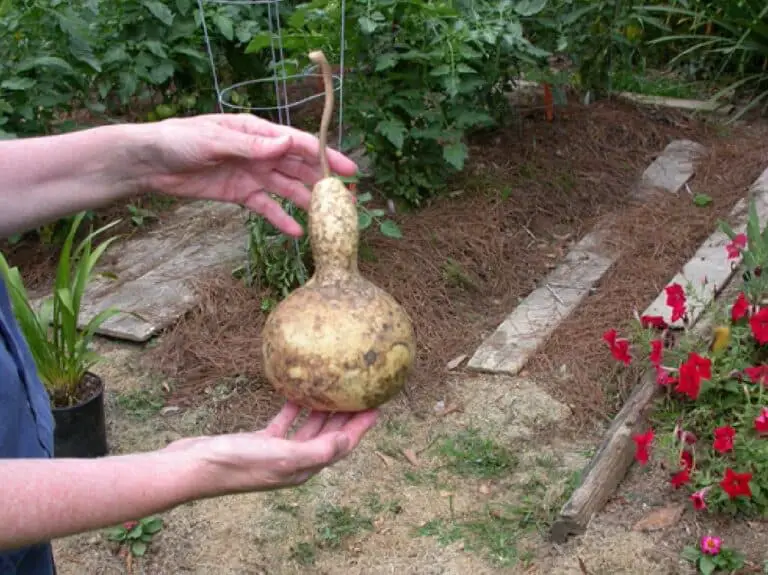When to Plant Vegetables in New Zealand: Best Months and Tips
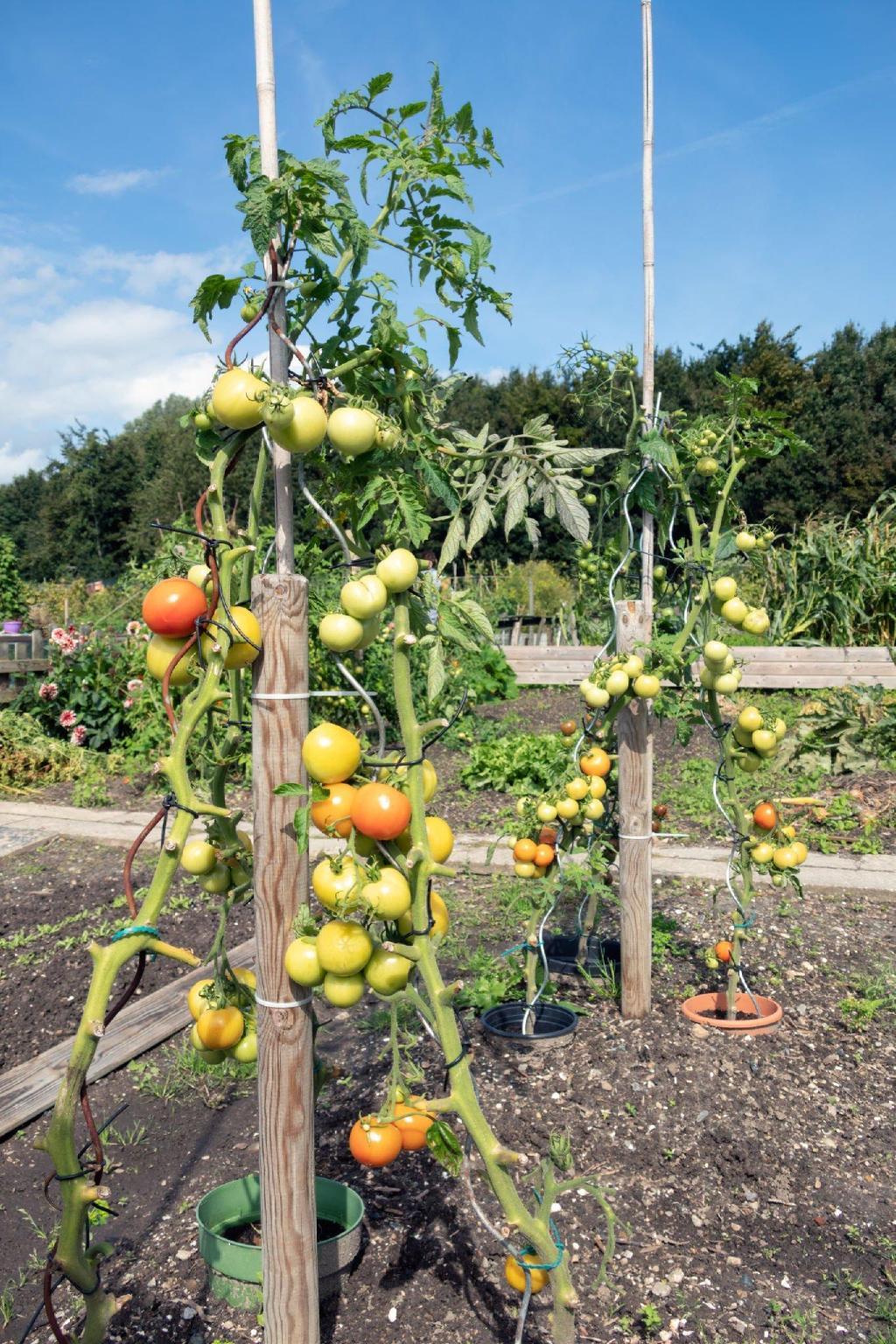
Have you ever wondered about the perfect timing to start your vegetable garden in New Zealand? Are you a seasoned gardener or new to growing food? Knowing when to plant veggies can greatly impact your garden’s success.
From crisp lettuce to juicy tomatoes, each vegetable has its ideal planting season to thrive in New Zealand’s diverse climates. In this article, we delve into the best times to plant vegetables, tailored to different regions of New Zealand.
This guide covers the best months to plant popular vegetables in New Zealand. It also gives essential tips to ensure your garden thrives during the growing season.
Understanding New Zealand’s Climate Zones
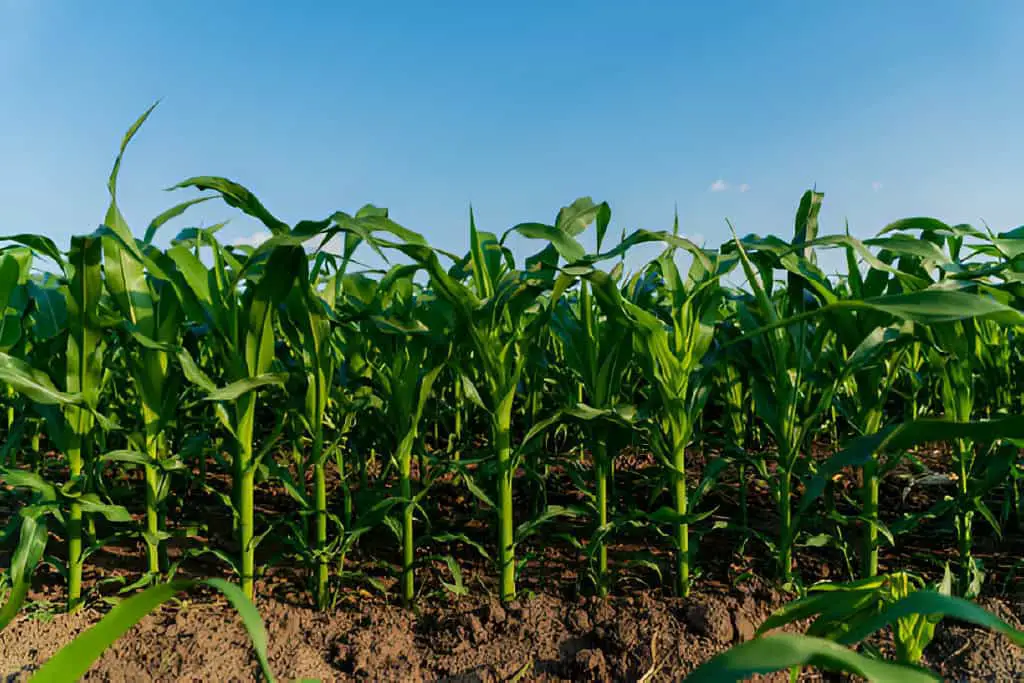
New Zealand’s climate varies. This is because it is close to the ocean and mountains. It is subtropical in the north and temperate in the south. This diversity affects when vegetables should be planted in different regions.
- North Island: The North Island has warmer temperatures. This makes it suitable for year-round gardening. The temperatures vary slightly between coastal and inland areas.
- South Island: The South Island has cooler temperatures and more frosts. They impact planting times, especially in the south.
- Coastal Areas: The maritime climate moderates temperature extremes. It allows for longer growing seasons than inland areas.
When to Plant Vegetables in New Zealand? (Best Months)
Below is a planting calendar for various vegetables in New Zealand. It’s categorized by region to account for local climate variations.
North Island
| Vegetable | Best Planting Months | Tips and Considerations |
| Tomatoes | September to November | Start indoors early for transplanting in spring. |
| Beans | October to December | Direct sow seeds after last frost. |
| Capsicum | September to November | Requires warmth, start indoors if necessary. |
| Lettuce | All Year | Plant successionally for continuous harvest. |
| Zucchini | September to December | Ensure soil warmth; protect from late frosts. |
South Island
| Vegetable | Best Planting Months | Tips and Considerations |
| Potatoes | October to December | Avoid frost; choose early varieties. |
| Carrots | September to November | Sow directly; thin seedlings for proper spacing. |
| Broccoli | October to December | Prefers cool weather; protect from cabbage moths. |
| Spinach | March to September | Plant in spring and late summer for best results. |
What Are the Profitable Crops Grown in New Zealand?
New Zealand boasts a variety of profitable crops, thanks to its diverse climate and fertile soils. One of the most lucrative crops is kiwifruit, particularly the Hayward variety, which is exported globally and prized for its high vitamin C content. Additionally, New Zealand is renowned for its wine production, with grapes grown in regions like Marlborough producing world-class Sauvignon Blanc and Pinot Noir wines.
Dairy farming also supports profitable crop cultivation, such as maize and barley, which are used as feed for livestock. These crops are essential for New Zealand’s dairy production. Dairy is a big part of the country’s economy.
Moreover, the horticulture industry thrives with apples. Envy and Jazz are major exports due to their crisp, sweet flavor.
Here’s a quick reference table:
| Crop | Key Region | Notable Variety | Primary Use |
| Kiwifruit | Bay of Plenty | Hayward | Export, fresh consumption |
| Grapes | Marlborough | Sauvignon Blanc, Pinot Noir | Wine production |
| Maize | Waikato, Canterbury | Dent, Flint | Livestock feed |
| Apples | Hawke’s Bay, Nelson | Envy, Jazz | Export, fresh consumption |
By focusing on these crops, New Zealand continues to enhance its agricultural productivity and global market presence.
| Also read: When to Plant Pumpkin Seeds in New Zealand? |
Essential Tips for Successfully Planting Veggies in NZ
1. Soil Preparation
- Testing: Conduct a soil test to determine pH and nutrient levels. Adjust soil pH as needed for specific vegetables.
- Amendments: Add organic matter, such as compost or aged manure, to improve soil structure and fertility.
- Mulching: Mulching helps plants. It keeps soil moist, stops weeds, and moderates soil temperature.
2. Watering
- Consistency: Provide consistent moisture, especially during dry spells. Avoid overhead watering to prevent fungal diseases.
- Drip Irrigation: Use drip irrigation systems to deliver water directly to the roots, minimizing water loss.
3. Companion Planting
- Benefits: Plant compatible crops together to deter pests and maximize space utilization.
- Examples: Pair tomatoes with basil to repel insects, or plant marigolds to deter nematodes.
4. Pest and Disease Management
- Monitoring: Regularly inspect plants for signs of pests and diseases.
- Natural Remedies: Use organic sprays like neem oil or insecticidal soap for pest control.
- Crop Rotation: Rotate crops annually to reduce pest buildup and maintain soil health.
Common Problems and Solutions for Planting Vegetables in New Zealand
Planting vegetables in New Zealand can be rewarding. But, it is challenging due to the diverse climate and soil. These vary across the country. Here are common problems for gardeners. Here are effective solutions to ensure vegetables grow well.
1. Problem: Soil Quality
- Issue: Poor soil structure or nutrient deficiencies can hinder plant growth.
- Solution: Amend soil with compost or organic matter to improve fertility and texture. Conduct a soil test to determine pH levels and nutrient deficiencies, then adjust accordingly.
2. Problem: Pests and Diseases
- Issue: Insects, pests, and diseases can damage crops and reduce yield.
- Solution: Implement integrated pest management (IPM) strategies. These include crop rotation, companion planting, and using organic pest controls like neem oil or diatomaceous earth.
3. Problem: Weather Extremes
- Issue: New Zealand’s variable climate can lead to unexpected frosts or heatwaves.
- Solution: Protect tender plants with row covers or cloches during frosts. Provide shade and adequate watering during heatwaves to prevent stress on plants.
4. Problem: Over or Underwatering
- Issue: Inconsistent watering practices can lead to plant stress or root rot.
- Solution: Use drip irrigation systems for efficient water delivery directly to plant roots. Mulch around plants to retain moisture and regulate soil temperature.
Conclusion
Knowing when to plant vegetables in New Zealand is essential for a successful and productive garden. Follow the recommended planting months. Use essential tips for soil prep, watering, and pest control. This way, you can ensure healthy growth and big harvests all year.
You may be gardening in the mild coastal regions of the North Island or the cooler climates of the South Island. Adapting planting times to local conditions will improve your gardening. Plan carefully and pay close attention to detail. Then, you’ll enjoy fresh, homegrown vegetables from your garden, season after season.

